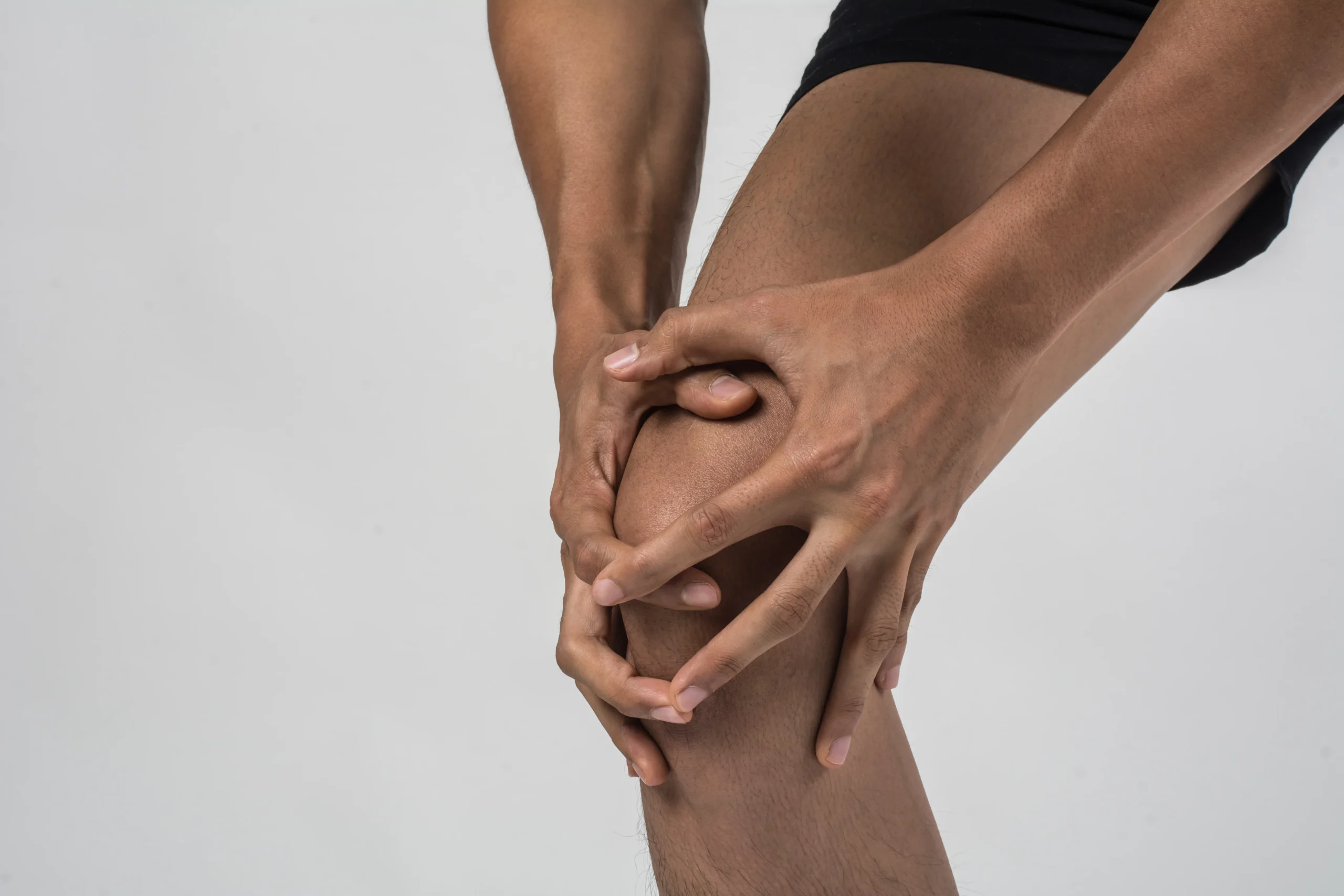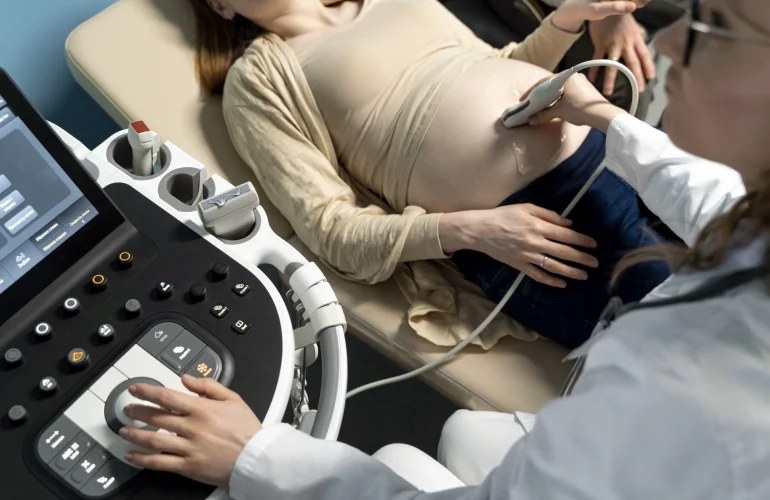Why “Avoiding the Wrong Exercises” After Knee Replacement Is Critical
More than 1 million knee replacements are performed globally each year, and most are successful. But a surprisingly large number of post-op complications—like stiffness, persistent pain, or implant failure—can be traced back to inappropriate exercise during recovery.
Understanding which knee replacement exercises to avoid isn’t just about pain prevention; it’s about protecting your investment, ensuring long-term mobility, and avoiding revision surgery.
Deep Dive: How a Replaced Knee Works — and Why Certain Movements Are Risky
After a total knee replacement (TKR), your joint is no longer made of bone and cartilage—it’s a prosthesis made of metal, ceramic, and medical-grade plastic.
The knee joint is now:
- Less tolerant to shearing and rotational forces
- Dependent on soft tissue healing (especially surrounding ligaments)
- Stabilized via implanted components, not natural joint mechanics
Exercises that create torsion (twisting), high impact, deep flexion, or compression on the patella (kneecap) can threaten this structure. They may:
- Dislodge or wear the implant
- Cause persistent swelling or pain
- Trigger inflammation, bursitis, or instability
Exercises to Avoid — Broken Down by Recovery Stage
Phase 1: Weeks 1–4 (Acute Recovery)
Goal: Control swelling, initiate range of motion, avoid re-injury.
Avoid:
- Straight leg raises with ankle weights
- Stationary cycling with high resistance
- Deep knee bends (>90 degrees)
- Stair climbing (unless cleared)
Why: The surgical wound and internal tissues are healing. Forcing range of motion can cause internal bleeding, inflammation, or delayed healing.
Phase 2: Weeks 5–12 (Rehab Phase)
Goal: Restore range of motion, build strength, improve balance
Avoid:
- Deep squats (place pressure beyond safe joint angles)
- Lunges (require balance and rotational control)
- Twisting during walking or standing
- Crossing legs while sitting (internal rotation stress)
Why: Muscles like the quadriceps and hamstrings are still weak. Twisting or unsupported load-bearing may destabilize the joint.
Phase 3: Month 3 Onward (Strength + Function)
Goal: Build endurance and functional mobility for daily life
Avoid:
- Running or jogging
- Plyometric exercises (jump squats, burpees)
- Heavy leg press at the gym
- Contact sports or sports requiring pivoting
Why: Even months later, high-impact or high-force activities cause long-term wear on the prosthesis and may increase risk of needing revision surgery.
8 Scientifically-Risky Knee Replacement Exercises (And What to Do Instead)
1. Deep Squats
Safe alternative: Mini-squats with a chair, stopping at ~45° bend
2. Forward Lunges
Safe alternative: Step-ups on a 4–6 inch platform with hand support.
3. Twisting Yoga Poses (e.g. Lotus, Warrior II with torque)
Safe alternative: Chair yoga or supported standing stretches
4. Jumping Jacks or Skipping
Safe alternative: Water aerobics, recumbent bike for cardio
5. Leg Press (Heavy Weight)
Safe alternative: Resistance band seated leg extensions
6. Running (Even Treadmill)
Safe alternative: Elliptical with low resistance
7. Full Kneeling
Safe alternative: Sitting stretches; kneeling may be possible later with cushion and surgeon’s clearance
8. Stair Running
Safe alternative: Controlled stair climbing under PT supervision
5 Tips to Keep Your New Knee Safe and Strong
- Listen to your body – Sharp or lingering pain means something is wrong.
- Follow your physiotherapy protocol – Generic gym workouts ≠ medical rehab.
- Avoid unsupervised YouTube routines – Especially if they’re not designed for post-op recovery.
- Strengthen your glutes and hips – These muscles protect the knee joint alignment.
- Don’t rush to return to sports – Activities like tennis or basketball are typically discouraged forever.
FAQs Knee Replacement Exercises to Avoid
Q:1 Can I ever run again after knee replacement?
A: Running is generally discouraged. While some advanced athletes return to low-volume running, it increases wear on the implant and isn’t advised for most patients.
Q:2 Is kneeling ever okay after TKR?
A: Some patients regain the ability to kneel (with cushioning), but many find it painful. Always consult your surgeon before trying.
Q:3 Are squats safe after knee replacement?
A: Shallow squats (to a chair) may be safe after 3+ months if cleared by your therapist. Deep squats should be avoided long-term.
Q:4 What cardio exercises are safe post knee replacement?
A: Swimming, cycling (low resistance), and elliptical training are generally safe and effective.
Final Word: Your Recovery Is a Marathon, Not a Sprint
Total knee replacement can give you a new lease on life—but only if you treat your new joint with the respect it deserves.
By understanding the knee replacement exercises to avoid, following a structured rehab plan, and working with orthopedic professionals like those at Horizon Naupada Hospital, you’re setting yourself up for long-term mobility, comfort, and success.




